Talk Overview
How does a baseball player react quickly enough to hit a 90 mph fastball or a tennis player to hit a 60 mph serve? All of the fast events in our bodies, such as vision, hearing, nerve conduction and muscle contraction, involve electrical signals. In Part 1 of his talk, Dr. Catterall explains how the flow of sodium and potassium ions, through specific channels in the cell membrane, creates an electrical signal in nerve and muscle cells. He describes the structure and function of sodium channels and its important role in physiology and pharmacology.
In Part 2 of his talk, Catterall describes how voltage gated sodium channels function at an atomic level. Bacterial Na+ channels in the NaChBac family contain many of the elements of mammalian Na+ channels but in a much simpler form. Using X-ray crystallography to study NaChBac proteins, Catterall and his colleagues determined which domains of sodium channels are responsible for sensing voltage differences across the cell membrane and how these domains trigger the opening of the channel pore. It was also possible to identify the structural changes leading to the slow inactivation of channels after multiple rounds of opening and closing and to understand how NaChBac establishes its specificity for Na+ ions.
In his third talk, Catterall switches his focus to voltage gated calcium channels. Na+ and Ca2+ channels share a common ancestor and consequently, much of the overall structure of the voltage sensing domain and the central pore is conserved. In spite of this homology, the calcium channel selects specifically for Ca2+ ions, even in the presence of an excess of Na+. Upon entry into the cell, Ca2+ ions regulate numerous intracellular processes. Catterall explains how his group was able to engineer a bacterial calcium channel that allowed them to identify the residues required for Ca2+ selectivity. He also describes experiments demonstrating that Ca2+ ions act locally within the cell, allowing for targeted regulation of cellular functions such as learning and memory in the brain and contraction in skeletal and cardiac muscle.
Speaker Bio
William Catteral
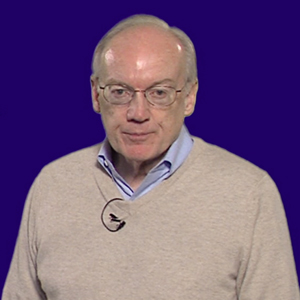
Bill Catterall is Professor and Chair of the Department of Pharmacology at the University of Washington where he has been a faculty member since 1977. Catterall received his BA in Chemistry from Brown University and his PhD in Physiological Chemistry from Johns Hopkins University. He was a post-doctoral fellow with Dr. Marshall Nirenberg and a… Continue Reading
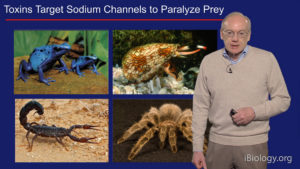
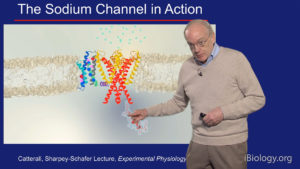
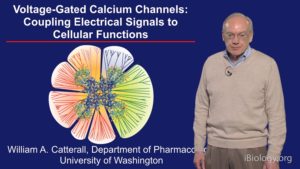
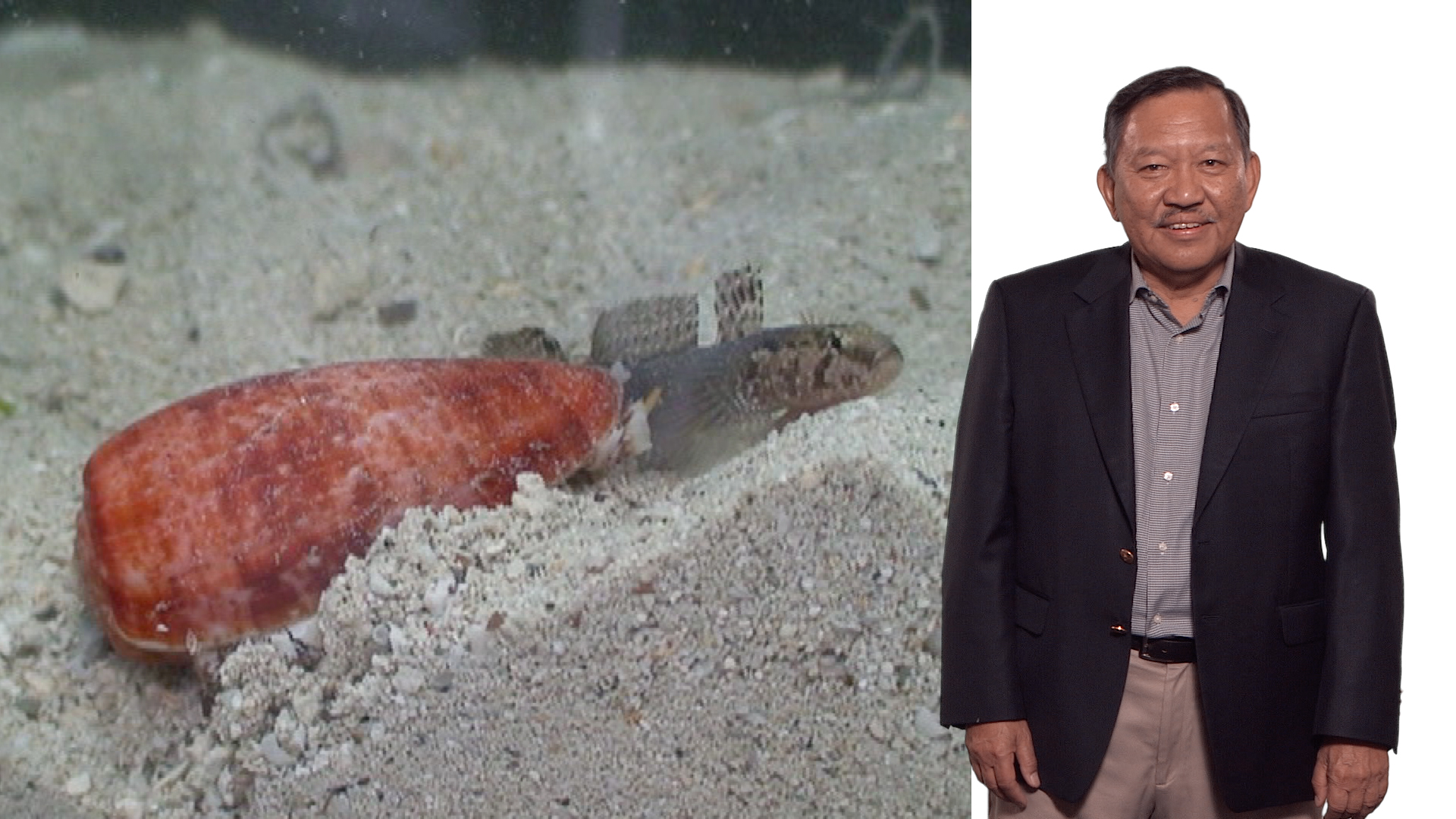
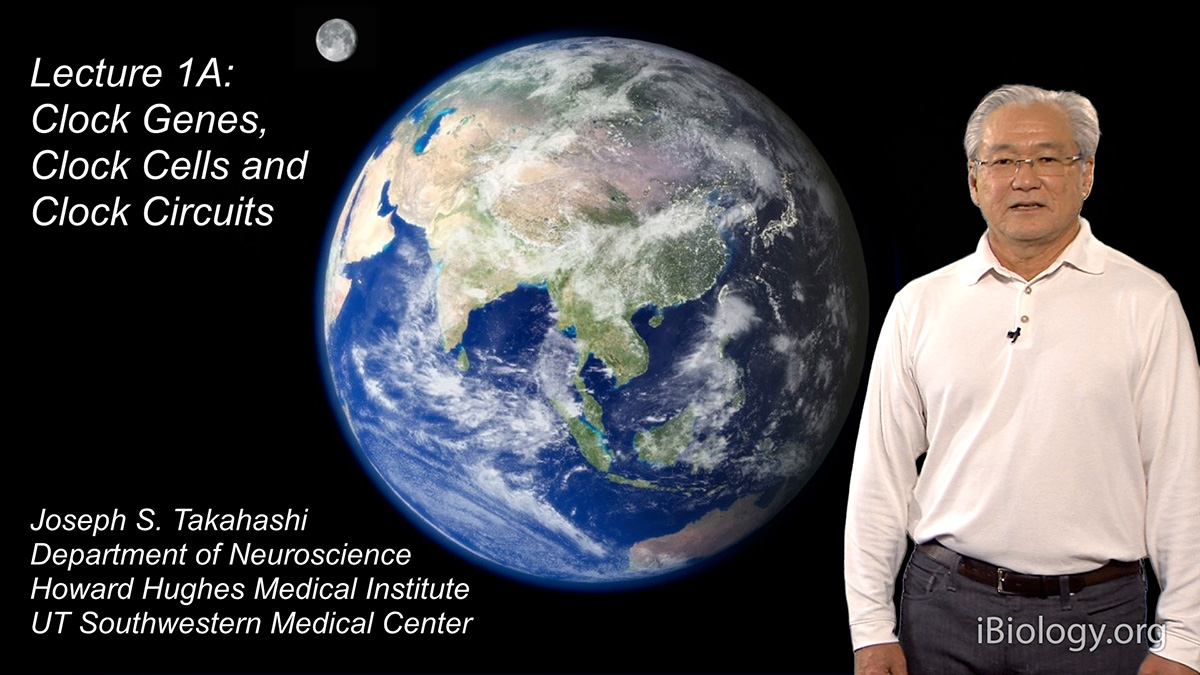
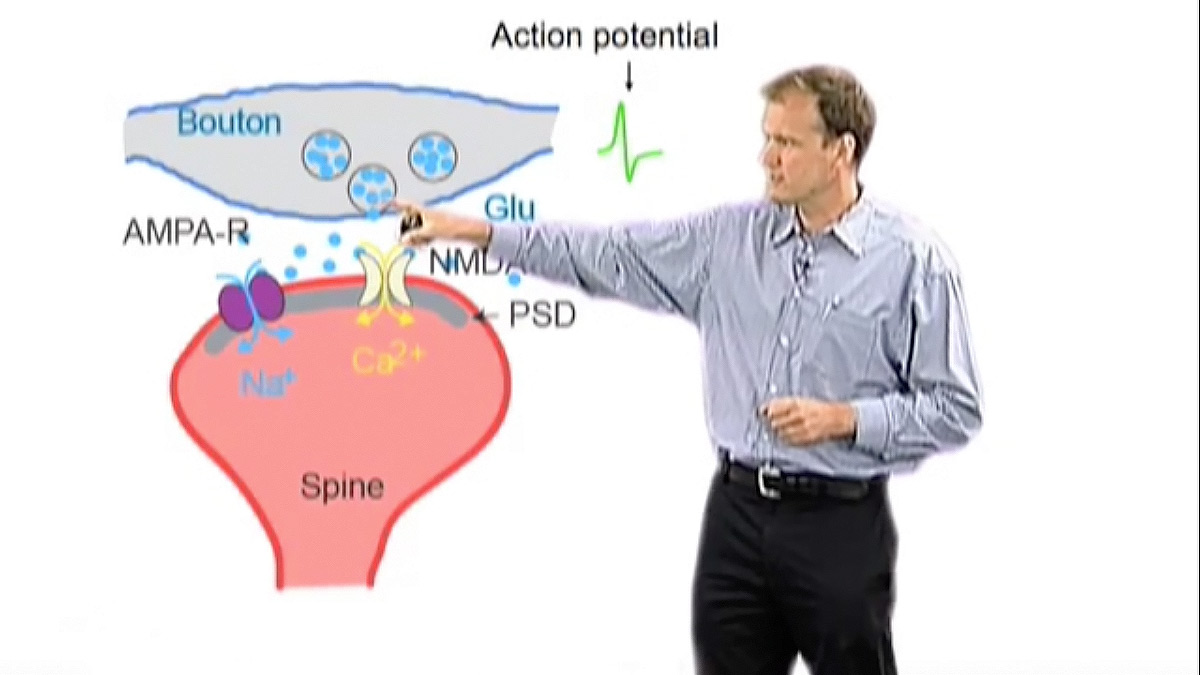
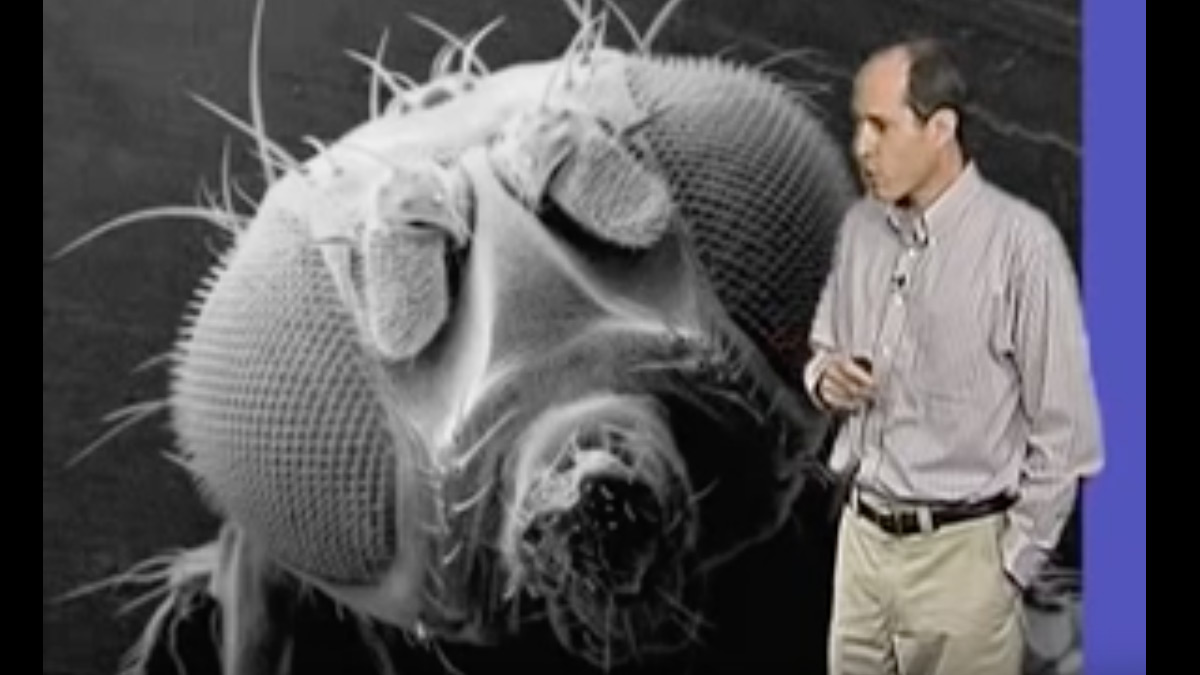





Leave a Reply